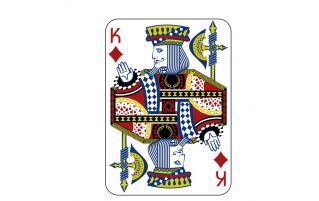

While studying covalent bonding in your science lessons, you will be familiar with graphite, and we have all heard of diamonds! But how much do you actually know about them?
Abraham Gottlob Werner, a German geologist named graphite in 1789, based on the ancient Greek term ‘graphein’. It means to draw or write, and he chose this name due to graphite’s ability to leave marks on paper! It has been used as a substance to make marks since as early as 4B.C. There is also evidence that the Aztecs used it several hundred years before it became widely used. In the 1500’s a massive deposit of graphite was discovered in Cumbria, and before long it was being mined for widespread use. However, no-one realised it was graphite! Initially it was believed to be a form of lead, and was called ‘plumbago’, or black lead.
Diamonds are the hardest, natural substance on Earth, formed naturally from extreme heat and pressure beneath the Earth’s crust. The word diamond originates from the Greek word ‘adamas’, meaning indestructible. They can take billions of years to form so are getting rarer all the time. Each diamond is unique, forming about 100 miles below the ground. Deep volcanic eruptions carry these diamonds to the crust, where they can be mined, although very few make it that far!
We have been admiring diamonds for centuries. The Ancient Romans believed Cupid’s arrows were tipped with diamonds. whereas the Ancient Hindus placed diamond as eyes in statues. They, along with many ancient cultures thought that wearing diamonds would protect them from danger. Some kings wore diamond encrusted armour to give them strength during battle! Ancient Romans and Greeks thought that diamonds were the tears of the gods, or splinters broken off falling stars!
GCSE scientists – you need to be able to explain the properties of covalent compounds. Our new guide “How to work with Covalent Bonding: Part 2” will help you. It describes the properties of both simple covalent molecules, and giant covalent structures like diamond and graphite. Explanations of the reasons for the properties is included. It also includes questions, and answers for you to check your understanding.
Click on the picture below to see the guide.
If you found this useful and think you would benefit from some additional help, please contact us.
